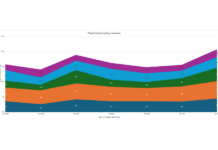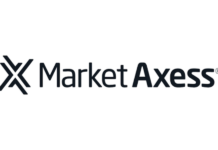The innovation day at the Fixed Income Leaders Summits (FILS) on Tuesday is held under the Chatham House rule preventing direct reporting of what is said, but at a high level there were some clear trends being discussed.
The first of these was trading automation, which was vociferously reported as a positive development for buy-side desks. The level of potential automation reported can vary greatly from one buy-side firm to another, as can trade sizes and levels of automation, however the suggestion that automated trades cannot get the best price was categorically derided as ‘rubbish’ by senior buy-side attendees.
Recent research by analyst firm Greenwich Associates found that 46% of secondary market trading was conducted electronically last year, up from 44% the year before and 41% in 2018, and there appears to be a greater acceptance of trading electronically in volatile markets in 2022. That has been supported by the semi-automation and full-automation of part of the trading workflow, from chat to more structured processes.
An impediment raised, and a potential future topic for discussion, were the legal barriers to onboarding data from third parties, which are so non-standard – in contrast to the data being provided – they could potentially need their own trade association to create a standard legal framework, like the ISDA agreements in derivatives markets.
The second trend was the engagement of buy-side traders in the technology and coding process. While most participants were engaged with technology developments for at least 10-20% of their working time, there were long tails either side. Speaking a common language between traders and technologists was perhaps a surprising benefit, but sometimes what is needed in order to facilitate real progress in the support for more efficient order management, dealing and trading.
Regardless of how actively they participated in technology discussions, traders were keen ensure they had a voice in the future of trading technology, but were also cautious of the smoke and mirrors which could be present in a pitch by technology vendors.
If traders can use coding language Python, as Excel has been used in the past to create models, their capacity to engage with internal and external tech teams could be significantly greater.
The third big issue was the ongoing need to deliver better primary market processes to drive efficient bond issuance. With new announcements in 2022 showing that competition to support more efficient issuance is driving innovation, and for some desks no let up in primary market engagement – despite significant decreases in issuance for areas like high yield – it seems likely big changes could be delivered over the next six months.
©Markets Media Europe 2025


























